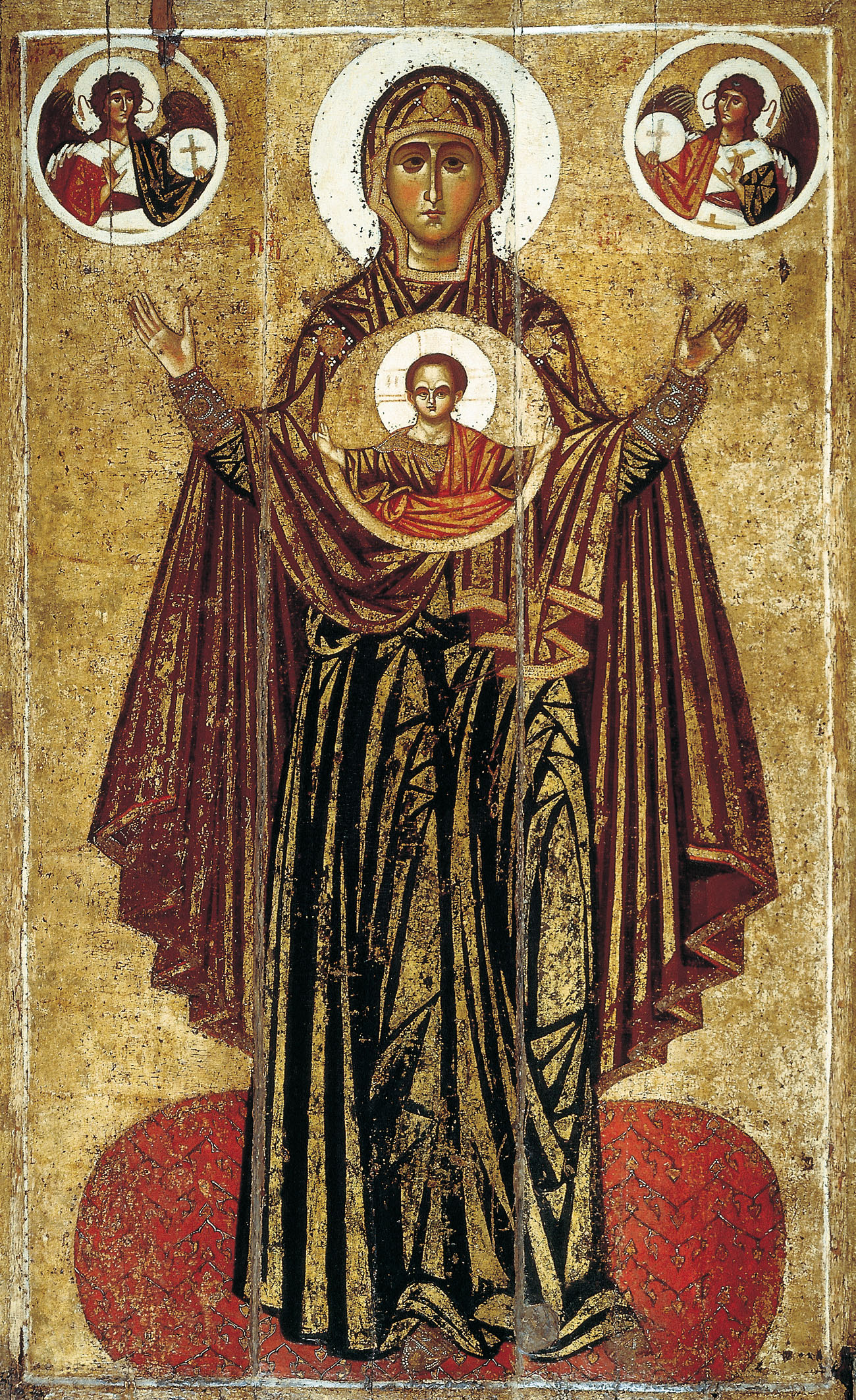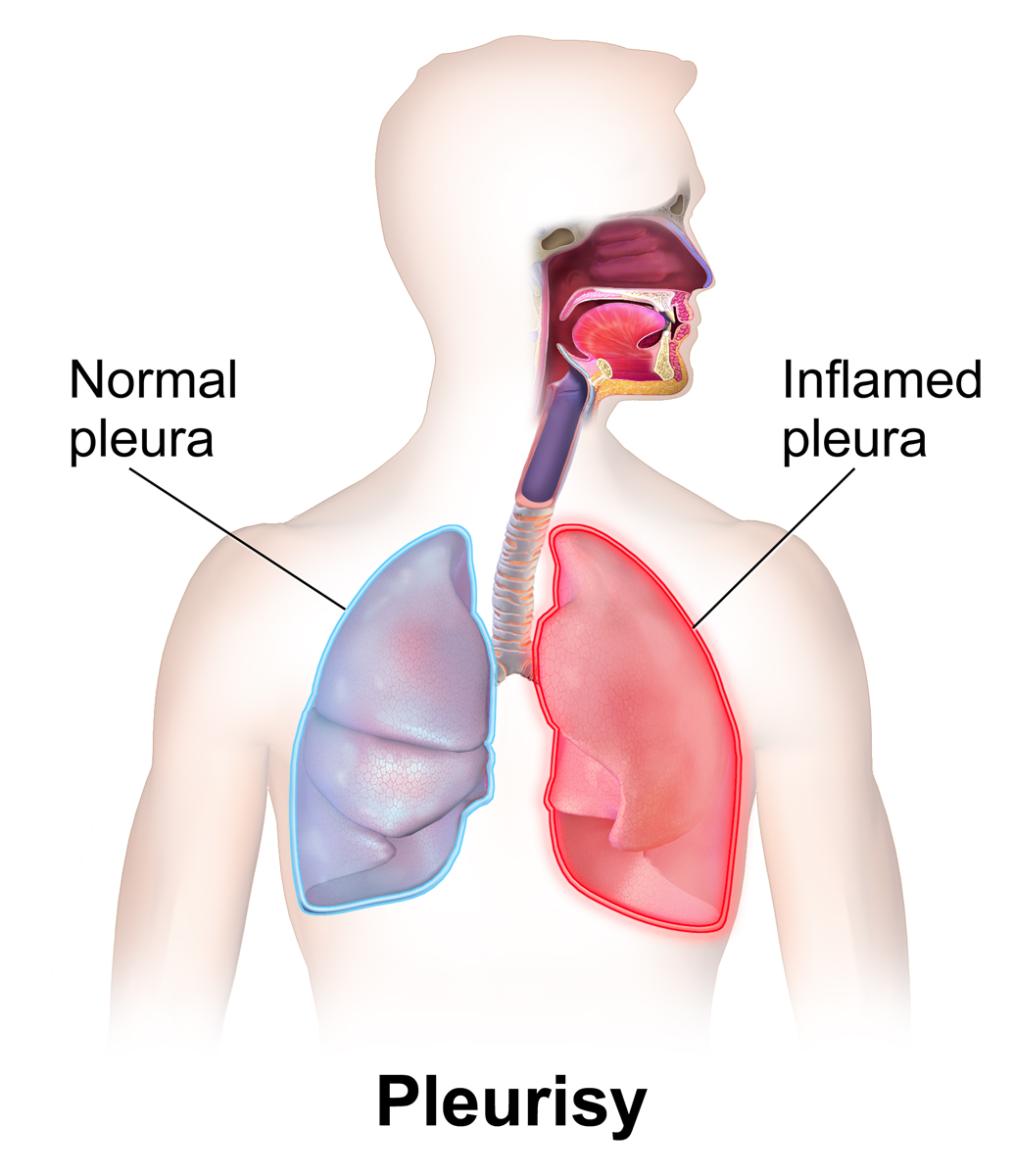|
Porphyrios Of Kafsokalyvia
Saint Porphyrios (Bairaktaris) the Kafsokalyvite ( el, Όσιος Πορφύριος ο Καυσοκαλυβίτης; secular name: Evangelos Bairaktaris ( el, Ευάγγελος Μπαϊρακτάρης; February7,1906December2,1991) was a Greek Athonite hieromonk and Eastern Orthodox Saint known for his gifts of spiritual discernment. Biography St. Porphyrios was born on February 7, 1906, in the village of ''Agios Ioannis'', which translates to St. John Karystia, in the province of Evia in Greece. His parents, Leonidas and Eleni Bairaktaris, baptized him as Evangelos, and he was the fourth out of five siblings. He attended only 2 years of school in his childhood, and instead began work at 8 years old, first tending animals on his family's farm, then in a coal mine, and finally for a grocer in Halkhida and Piraeus. It was during his childhood where it is claimed he wanted to pursue a monastic lifestyle, which he was inspired to do after reading the life oSaint John the Hut-Dw ... [...More Info...] [...Related Items...] OR: [Wikipedia] [Google] [Baidu] |
Panagia
Panagia ( el, Παναγία, fem. of , + , the ''All-Holy'', or the ''Most Holy''; pronounced ) (also transliterated Panaghia or Panajia), in Medieval and Modern Greek, is one of the titles of Mary, mother of Jesus, used especially in Eastern Catholicism and Orthodox Christianity. Most Greek churches dedicated to the Virgin Mary are called ''Panagia''; the standard western Christian designation of "St. Mary" is rarely used in the Orthodox East, as Mary is considered the holiest of all created beings and therefore of higher status than the Saints. Iconography ''Panagia'' is also the term for a particular type of icon of the Theotokos, wherein she is facing the viewer directly, usually depicted full length with her hands in the ''orans'' position, and with a medallion showing the image of Christ as a child in front of her chest. This medallion symbolically represents Jesus within the womb of the Virgin Mary at the moment of the Incarnation. This type of icon is also called t ... [...More Info...] [...Related Items...] OR: [Wikipedia] [Google] [Baidu] |
Hieromonk
A hieromonk ( el, Ἱερομόναχος, Ieromonachos; ka, მღვდელმონაზონი, tr; Slavonic: ''Ieromonakh'', ro, Ieromonah), also called a priestmonk, is a monk who is also a priest in the Eastern Orthodox Church and Eastern Catholicism. A hieromonk can be either a monk who has been ordained to the priesthood or a priest who has received monastic tonsure. When a married priest's wife dies, it is not uncommon for him to become a monk, since the Church forbids clergy to enter into a second marriage after ordination. Ordination to the priesthood is the exception rather than the rule for monastics, as a monastery will usually only have as many hieromonks and hierodeacons as it needs to perform the daily services. In the church hierarchy, a hieromonk is of higher dignity than a hierodeacon, just as a secular (i.e., married) priest is of higher dignity than a deacon. Within their own ranks, hieromonks are assigned order of precedence according to the date ... [...More Info...] [...Related Items...] OR: [Wikipedia] [Google] [Baidu] |
World War II
World War II or the Second World War, often abbreviated as WWII or WW2, was a world war that lasted from 1939 to 1945. It involved the vast majority of the world's countries—including all of the great powers—forming two opposing military alliances: the Allies and the Axis powers. World War II was a total war that directly involved more than 100 million personnel from more than 30 countries. The major participants in the war threw their entire economic, industrial, and scientific capabilities behind the war effort, blurring the distinction between civilian and military resources. Aircraft played a major role in the conflict, enabling the strategic bombing of population centres and deploying the only two nuclear weapons ever used in war. World War II was by far the deadliest conflict in human history; it resulted in 70 to 85 million fatalities, mostly among civilians. Tens of millions died due to genocides (including the Holocaust), starvation, ma ... [...More Info...] [...Related Items...] OR: [Wikipedia] [Google] [Baidu] |
Archimandrite
The title archimandrite ( gr, ἀρχιμανδρίτης, archimandritēs), used in Eastern Christianity, originally referred to a superior abbot (''hegumenos'', gr, ἡγούμενος, present participle of the verb meaning "to lead") whom a bishop appointed to supervise several "ordinary" abbots and monasteries, or as the abbot of some especially great and important monastery. In the Eastern Orthodox Church and the Eastern Catholic Churches "archimandrite" is most often used purely as a title of honor (with no connection to any actual monastery) and is bestowed on a hieromonk as a mark of respect or gratitude for service to the Church. This title is only given to those priests who have been tonsured monks, while distinguished non-monastic (typically married) priests would be given the title of archpriest. History The term derives from the Greek: the first element from ''archi-'' meaning "highest" or from ''archon'' "ruler"; and the second root from ''mandra'' meanin ... [...More Info...] [...Related Items...] OR: [Wikipedia] [Google] [Baidu] |
Confessor
Confessor is a title used within Christianity in several ways. Confessor of the Faith Its oldest use is to indicate a saint who has suffered persecution and torture for the faith but not to the point of death.Beccari, Camillo. "Confessor." The Catholic Encyclopedia Vol. 4. New York: Robert Appleton Company, 1908. 8 June 2018 The term is still used that way in the . In the , it is used for any saint, as well as those who have been declared b ... [...More Info...] [...Related Items...] OR: [Wikipedia] [Google] [Baidu] |
Karystia
Karystia was one of the provinces of the Euboea Prefecture, Greece. Its territory corresponded with that of the current municipalities Karystos, Kymi-Aliveri, and Skyros Skyros ( el, Σκύρος, ), in some historical contexts Latinized Scyros ( grc, Σκῦρος, ), is an island in Greece, the southernmost of the Sporades, an archipelago in the Aegean Sea. Around the 2nd millennium BC and slightly later, the .... It was abolished in 2006. References Provinces of Greece Euboea {{Greece-gov-stub ... [...More Info...] [...Related Items...] OR: [Wikipedia] [Google] [Baidu] |
Ordination
Ordination is the process by which individuals are Consecration, consecrated, that is, set apart and elevated from the laity class to the clergy, who are thus then authorization, authorized (usually by the religious denomination, denominational hierarchy composed of other clergy) to perform various religious Ritual, rites and ceremonies. The process and ceremonies of ordination vary by religion and Religious denomination, denomination. One who is in preparation for, or who is undergoing the process of ordination is sometimes called an ordinand. The liturgy used at an ordination is sometimes referred to as an ordination. Christianity Roman Catholic, Orthodox, Lutheran and Anglican churches In Roman Catholicism and Orthodoxy, ordination is one of the seven sacraments, variously called holy orders or ''Christian laying on of hands, cheirotonia'' ("Laying on of Hands"). Apostolic succession is considered an essential and necessary concept for ordination in the Catholic, Orthodo ... [...More Info...] [...Related Items...] OR: [Wikipedia] [Google] [Baidu] |
Archbishop Of Mount Sinai And Raithu
The following is a list of Orthodox Archbishops of Mount Sinai and Raithu ( el, Αρχιεπίσκοπος Σινά και Ραϊθώ). The Church of Sinai is an autonomous (given that the Archbishop, and abbot of the monastery, is elected by the assembly of the monks (Brotherhood of Sinai) but is ordained by the Greek Orthodox Patriarch of Jerusalem) body of the Orthodox Church of Jerusalem: *Eugenios (1567–1583) *Anastasios (1583–1592) *Laurentios (1592–1617) *Ioasaf (1617–1661) *Nektarios II (1661) *Ananias (1661–1671) *Ioannikios I (1671–1702) *Kosmas Cosmas or Kosmas is a Greek name ( grc-gre, Κοσμᾶς), from Ancient Greek Κοσμᾶς (Kosmâs), associated with the noun κόσμος (kósmos), meaning "universe", and the verb κοσμέω (to order, govern, adorn) linked to propriet ... (22 Apr 1703 – 13 Feb 1706) *Athanasios IV (1708–1720) *Ioannikios II (1721–1728) *Nikiforos (1728–1747) *Konstantios I (1748–1759) *Kyrillos II (28 Oct 1759 ... [...More Info...] [...Related Items...] OR: [Wikipedia] [Google] [Baidu] |
Pleurisy
Pleurisy, also known as pleuritis, is inflammation of the membranes that surround the lungs and line the chest cavity (pleurae). This can result in a sharp chest pain while breathing. Occasionally the pain may be a constant dull ache. Other symptoms may include shortness of breath, cough, fever, or weight loss, depending on the underlying cause. The most common cause is a viral infection. Other causes include bacterial infection, pneumonia, pulmonary embolism, autoimmune disorders, lung cancer, following heart surgery, pancreatitis and asbestosis. Occasionally the cause remains unknown. The underlying mechanism involves the rubbing together of the pleurae instead of smooth gliding. Other conditions that can produce similar symptoms include pericarditis, heart attack, cholecystitis, pulmonary embolism, and pneumothorax. Diagnostic testing may include a chest X-ray, electrocardiogram (ECG), and blood tests. Treatment depends on the underlying cause. Paracetamol (acetaminop ... [...More Info...] [...Related Items...] OR: [Wikipedia] [Google] [Baidu] |
Kafsokalyvia
Kafsokalyvia ( el, Καυσοκαλύβια, lit=burning hut) is a settlement and idiorrhythmic skete in Mount Athos. It is located at the southern edge of the Athos peninsula. Kafsokalyvia is named after Maximos Kausokalybites ("Maximos the Hut Burner"), a 14th-century Christian hermit. It is also known as the Holy Trinity Skete ( el, Σκήτη Αγίας Τριάδος, translit=Skiti Agias Triados). There are 40 cells in Kafsokalyvia, not all of which are occupied. There are 35 monks living at Kafsokalyvia (Speake 2014). A regular ferry service connects the port of Kafsokalyvia with Dafni, the main port of Mount Athos. List of cells List of cells and other buildings in Kafsokalyvia: Notable people Notable monks who have lived at Kafsokalyvia include: *Maximos of Kafsokalyvia *Niphon of Kafsokalyvia *Akakios the Younger *Porphyrios of Kafsokalyvia *Hadji-Georgis the Athonite Elder Hadji-Georgis the Athonite ( el, Γέρων Χατζη-Γεώργης ο Αθωνίτη� ... [...More Info...] [...Related Items...] OR: [Wikipedia] [Google] [Baidu] |
Skete
A skete ( ) is a monastic community in Eastern Christianity that allows relative isolation for monks, but also allows for communal services and the safety of shared resources and protection. It is one of four types of early monastic orders, along with the eremitic, lavritic and coenobitic, that became popular during the early formation of the Christian Church. Skete communities usually consist of a number of small cells or caves that act as the living quarters with a centralized church or chapel. These communities are thought of as a bridge between strict eremitic lifestyle and communal lifestyles since it was a blend of the two. They were a direct response to the ascetic lifestyle that early Christians aspired to live. Skete communities were often a bridge to a stricter form of hermitage or to martyrdom. The Greek term skete (σκήτη, ''skḗtē'', ''skiti'') is most likely a reference to the Scetis valley in Egypt (Greek Σκήτις, from its Coptic name Ϣⲓϩⲏ� ... [...More Info...] [...Related Items...] OR: [Wikipedia] [Google] [Baidu] |
Tonsure
Tonsure () is the practice of cutting or shaving some or all of the hair on the scalp as a sign of religious devotion or humility. The term originates from the Latin word ' (meaning "clipping" or "shearing") and referred to a specific practice in medieval Roman Catholic Church, Catholicism, abandoned by papal order in 1972. Tonsure can also refer to the secular practice of shaving all or part of the scalp to show support or sympathy, or to designate mourning. Current usage more generally refers to cutting or shaving for monks, devotees, or mystics of any religion as a symbol of their renunciation of worldly fashion and esteem. Tonsure is still a traditional practice in Catholicism by specific religious orders (with papal permission). It is also commonly used in the Eastern Orthodox Church for newly baptised members and is frequently used for Buddhism, Buddhist novices, Bhikkhu, monks, and Bhikkhunī, nuns. The complete shaving of one's head bald, or just shortening the hair, exists ... [...More Info...] [...Related Items...] OR: [Wikipedia] [Google] [Baidu] |







